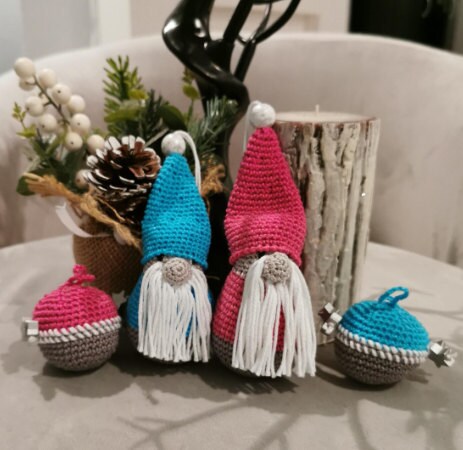These small, mysterious beings are often depicted as guardians of nature, protectors of treasure, or mischievous tricksters. Whether one sees them as magical creatures or simply charming lawn decorations, gnomes hold a unique place in human imagination.
The word "gnome" is believed to have originated from the Renaissance period, particularly through the writings of Paracelsus, a Swiss physician and alchemist in the 16th century. He categorized gnomes as elemental spirits associated with the earth, living underground and guarding its riches. However, the concept of small, hidden beings predates Paracelsus and can be found in various cultures worldwide.
In European folklore, gnome-like creatures appear in many traditions. Scandinavian mythology describes the "nisse" or "tomte," small bearded men who watch over farms and bring good fortune if treated well. Similarly, German and Swiss folklore includes the "dwarves," skilled craftsmen who dwell in mountains and mines. These early interpretations laid the foundation for the gnomes we recognize today.
Gnomes evolved from supernatural spirits into beloved characters in fairy tales and literature. The Brothers Grimm, famous for collecting German folklore, helped popularize the image of small, helpful beings living in nature. In the 19th century, gnomes gained a whimsical reputation as friendly creatures dwelling in gardens, reinforcing their connection to the earth.The rise of garden gnomes began in Germany during the mid-1800s when ceramic figurines were crafted to resemble these mythical beings. They quickly became popular across Europe, symbolizing good luck and protection for gardens. These figurines were often depicted with pointy hats, long beards, and bright clothing, a look that continues to define gnome imagery today.In literature, gnomes appeared in fantasy novels and children’s stories, often portrayed as wise yet humorous beings. J.R.R. Tolkien’s works featured dwarves, which, while distinct from gnomes, shared many similarities in their underground lifestyle and love of craftsmanship. Other authors, such as L. Frank Baum and C.S. Lewis, incorporated gnome-like creatures into their fantasy worlds.
Gnomes have maintained their popularity in the modern era, appearing in films, books, and even internet culture. In animated movies like "Gnomeo & Juliet" and "Sherlock Gnomes," these creatures take center stage, bringing humor and adventure to audiences of all ages. Television series and fantasy franchises such as "Harry Potter" and "World of Warcraft" also feature gnome-like beings, emphasizing their role as magical and inventive characters.Beyond fiction, gnomes have found a niche in internet humor and memes. The "traveling gnome prank," where people take gnome figurines and photograph them in different locations, has inspired global trends and advertising campaigns. This lighthearted portrayal of gnomes keeps them relevant in popular culture.
Throughout history, gnomes have been symbols of protection, wisdom, and luck. Their underground nature represents a connection to hidden knowledge and the mysteries of the earth. In folklore, they are often depicted as guardians of treasure, reinforcing their association with secrecy and wealth.Garden gnomes, in particular, are believed to bring prosperity to homes. Some cultures even attribute them with magical abilities, suggesting they help plants grow and ward off evil spirits. Whether seen as lucky charms or simply decorative figures, gnomes continue to hold symbolic significance in many traditions.


